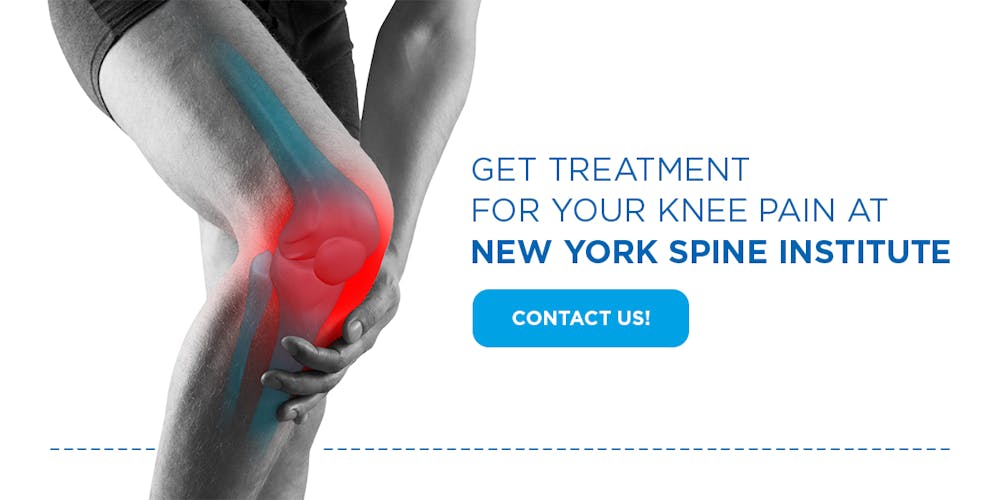Tearing a meniscus is one of the most common knee injuries. The meniscus is a soft cartilage disc between your shin and thigh that cushions and stabilizes your knee. Any forceful twist or rotation can cause a torn meniscus, especially with extra weight. In this article, we’ll discuss symptoms of and treatments for a torn meniscus so you can take an informed approach if the injury happens to you.
Symptoms of a Torn Meniscus
Torn meniscus symptoms will usually appear within 24 hours of the injury. You may feel or hear a pop when the injury occurs. From there, swelling and stiffness are common symptoms. You may also feel pain when moving or attempting to extend your leg fully. Torn meniscus symptoms can take a day or more to commence in some situations.
While some patients have severe symptoms after a meniscal tear, others notice little pain and can walk normally. Some patients experience symptoms so mild that they don’t even realize they’re injured. One study found that 61% of adults with meniscal tears did not experience pain in the previous month. Accordingly, a torn meniscus can sometimes go unnoticed.
What Does a Torn Meniscus Look Like on the Outside?
Swelling is the only noticeable sign of a meniscal tear. The menisci are inside your knee, so damage isn’t as immediately visible as other muscular or orthopedic injuries. Doctors look for meniscal tears through a series of mobility tests that can rule out other injuries. A magnetic resonance imaging (MRI) scan is the best way to diagnose a torn meniscus.
Treatment for a Torn Meniscus
There are both conservative and surgical treatments for meniscal tears. A tear associated with arthritis may heal on its own with rest, ice and physical therapy. Conservative treatment is also an option if you are still able to move your leg with minimal pain. Minor tears become less painful over time.
Knee surgery is necessary when the pain persists despite conservative treatment efforts. Surgeons can repair a torn meniscus in children and younger adults. Older patients with degenerative arthritis may need knee replacement surgery after a meniscal tear.
When to See a Doctor
You should see a doctor if you experience:
- Pain, stiffness or swelling in your knee
- Loss of mobility
- Increased pain with motion
- Knee instability
- Tenderness
Get Treatment for Your Knee Pain
If you’re living with knee pain, the experts at New York Spine Institute can diagnose the problem and provide a solution. We invite you to request an appointment today!

